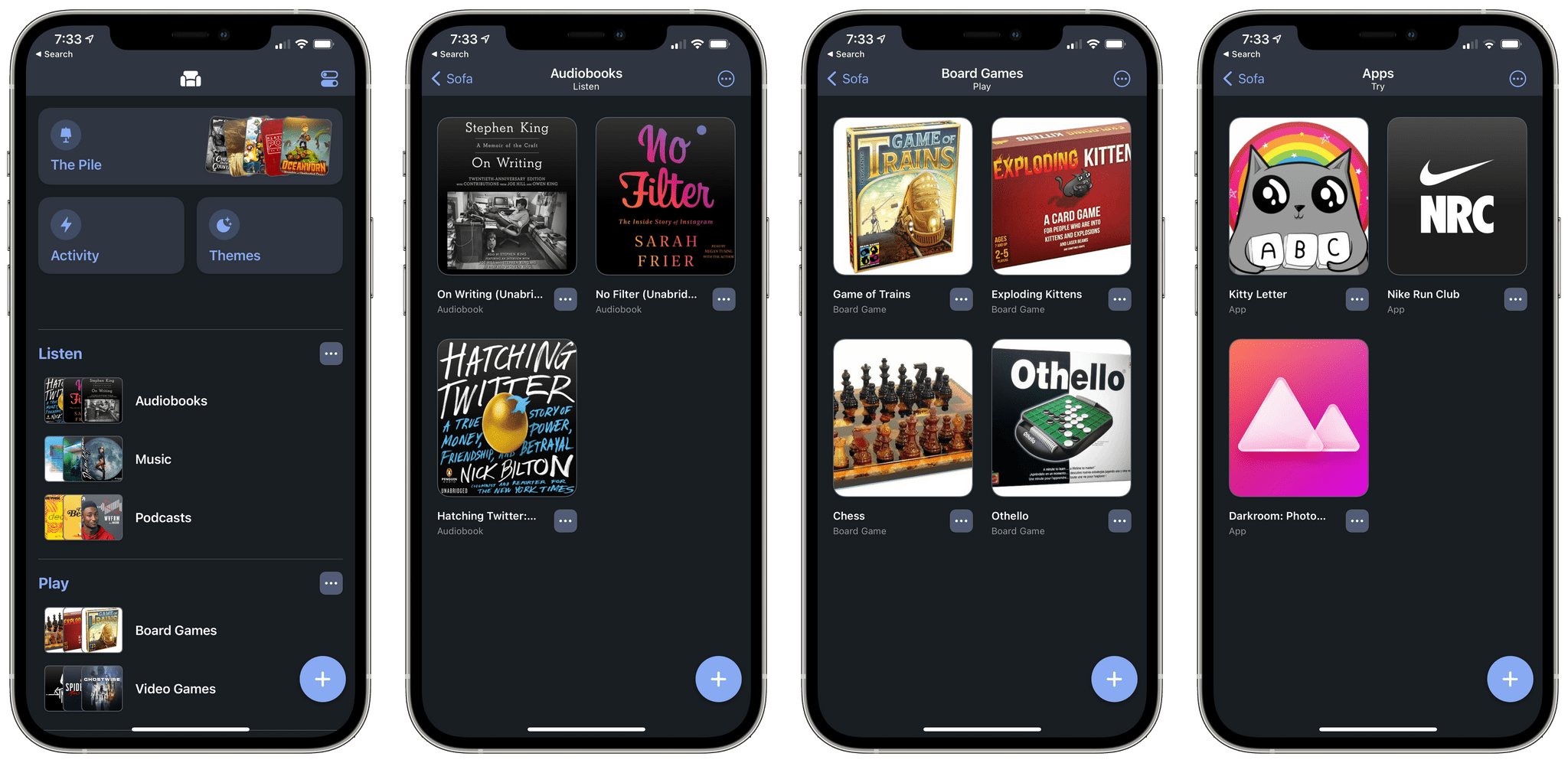Fun story by Rachel Syme, writing for The New Yorker last week, on rediscovering the simple pleasure of sending audio messages (voice texts) to friends during the pandemic:
Voice texts (also called audio messages), by contrast, are text messages with a pulse, phone calls with none of the pressure; they are fizzy zaps of connection that demand little of the recipient except that she listen and enjoy before they’re gone. They are not a new feature—on iPhones, they launched as part of the iOS8 update, way back in 2014 (and users of WhatsApp have long communicated with a similar service). But voice texting has gained obvious new appeal during the past year of isolation. At the site nofilter, the reporter Kate Lindsay wrote that she had been prepared to dismiss voice texting as “a Gen Z (or, rather, z-lennial) fad. Then the pandemic hit, and before I knew it all my text message conversations were replaced with disappearing audio snippets.”
Audio messages have been the default communication method among my friends and family for the past several years (primarily via WhatsApp; no one I know here in Italy uses iMessage’s voice text UI since it’s, frankly, quite clunky). During the pandemic and through our various stages of lockdown, however, I’ve also rediscovered the joy of sending audio messages, which strike a nice balance between the immediacy of a text and the additional context of a phone call.












